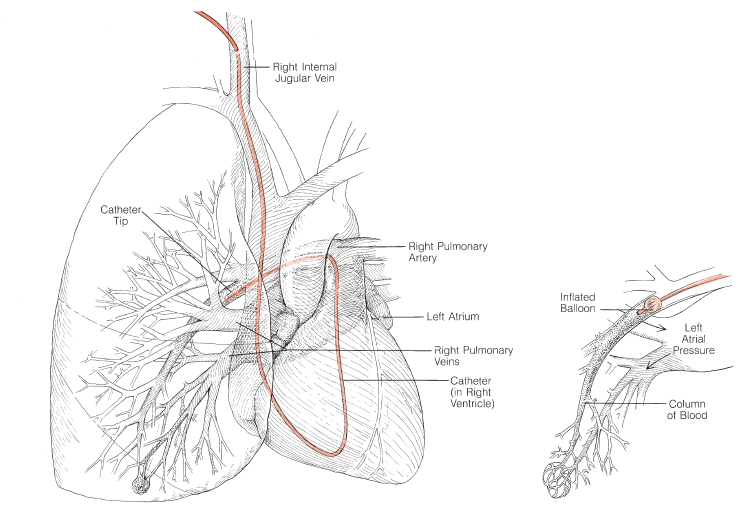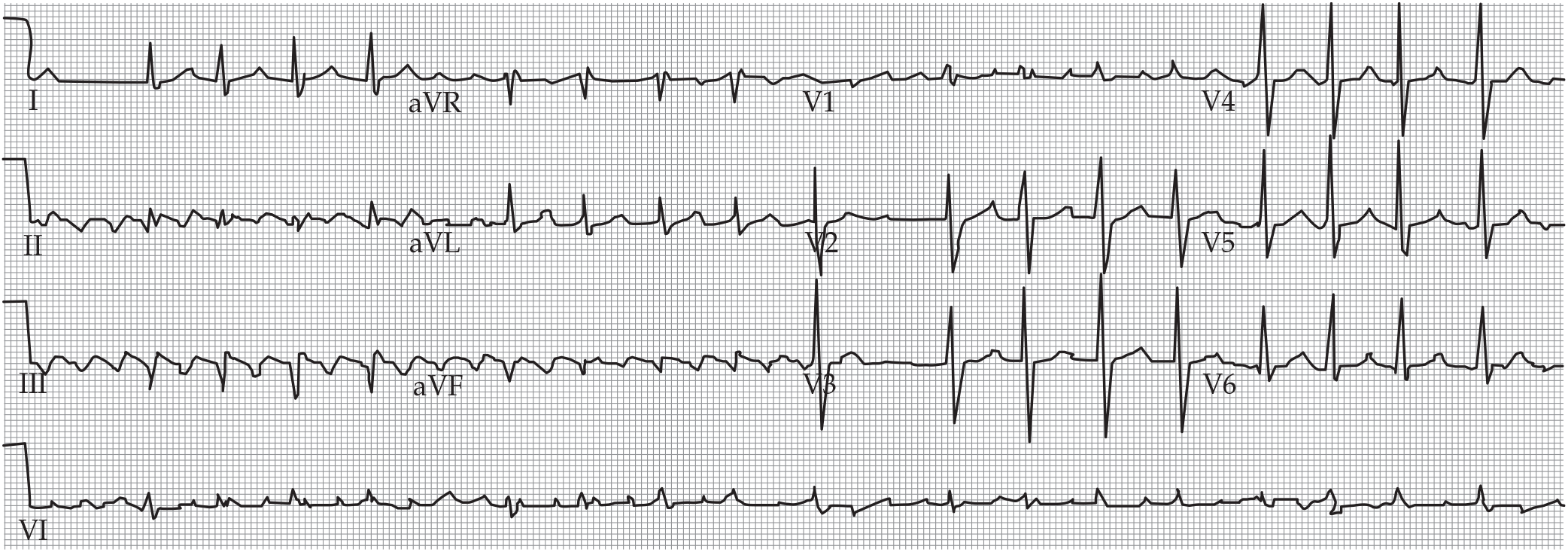Evaluation and Management of Cleft Lip and Palate
- Lip Taping and nasoalveolar molding pre-operatively can greatly improve surgical outcomes.
- 3-Dimensional printing used to make nasoalveolar molding appliances

Evaluation and Management of Cleft Lip and Palate



Lip, Cheek, & Scalp Reconstruction

Cardiac Arrhythmias, Acute Coronary Syndromes, and Heart Failure in the Surgical Patient


Cardiac Arrhythmias, Acute Coronary Syndromes, and Heart Failure in the Surgical Patient